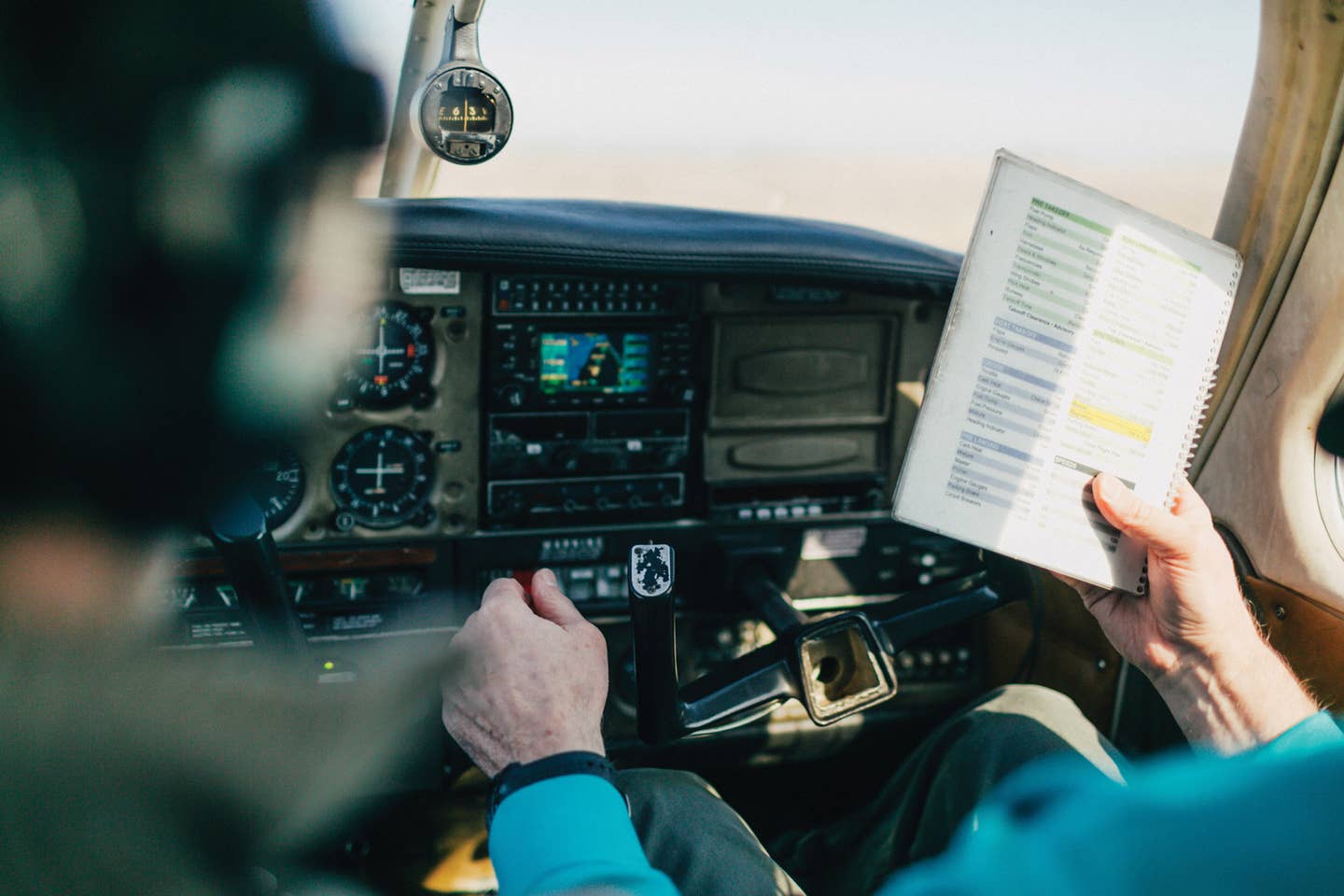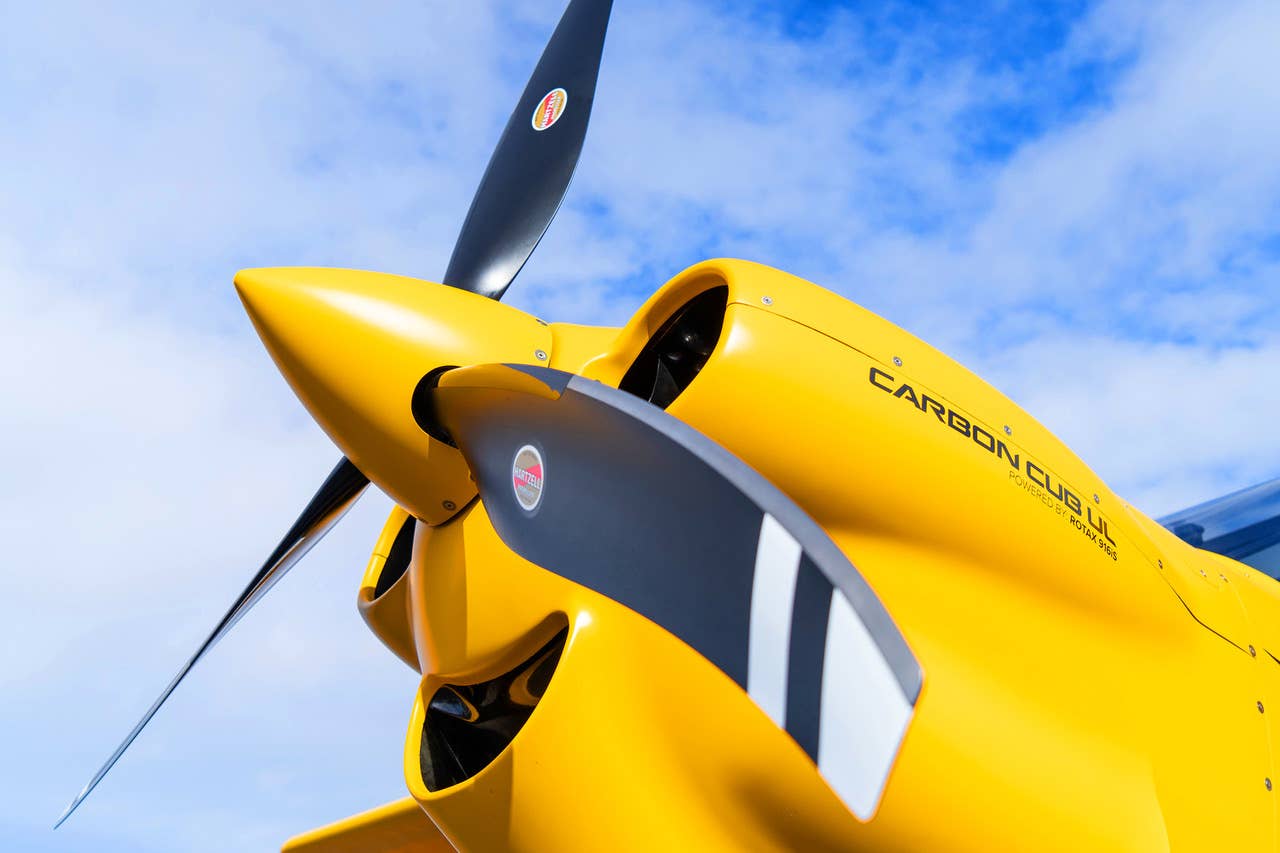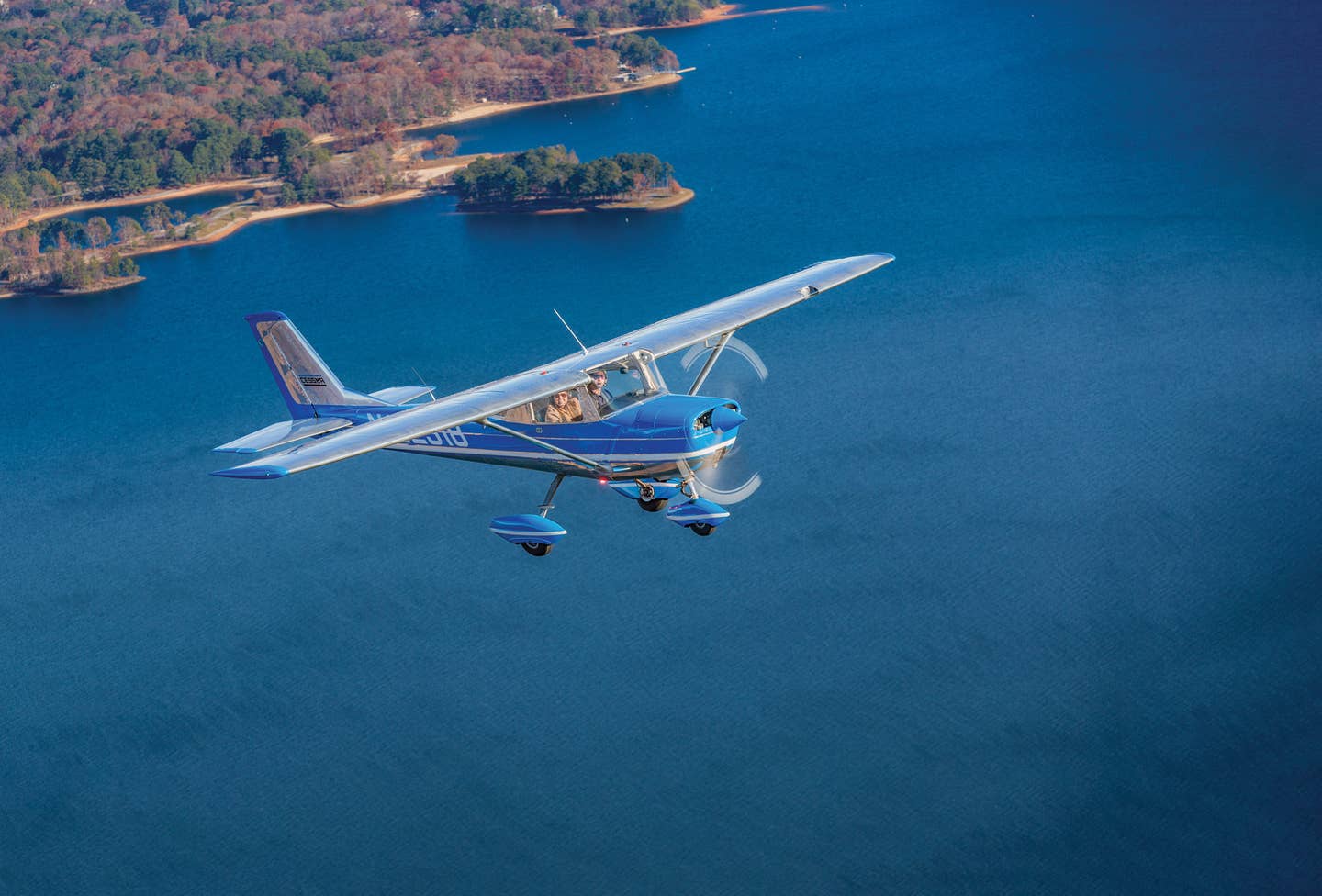The World‘s Biggest Aircraft: And Just How Big Is It?
Look! Up in the sky! It’s a bird!it’s a plane! It’s an airship? Yes, at 302 feet long and cruising at 80 knots, the Airlander 10, created by British design…
Look! Up in the sky! It's a bird!it's a plane! It's an airship?
Yes, at 302 feet long and cruising at 80 knots, the Airlander 10, created by British design company Hybrid Air Vehicles (HAV), will be the biggest aircraft in the world. Originally designed for the U.S. Army for surveillance purposes, the Airlander was ultimately lost to budget cuts and made its way back home. After an infusion of capital from a British government grant, the Airlander is on schedule for taking to the skies once again this year. The airship completed assembly this week.
With its 10-ton payload capacity, the hybrid blimp-plane-helicopter utilizes the best parts of those platforms. The pressure stabilization of its helium-filled hull maintains the Airlander's shape, while four 350hp turbocharged V8 diesel engines help it take off and land, and power the propellers. According to HAV, the Airlander "produces 60% of its lift aerostatically (by being lighter-than-air) and 40% aerodynamically (by being wing-shaped), as well as having the ability to rotate its engines to provide an additional 25% of thrust up or down."
The low-noise, environmentally friendly Airlander 10 has a favorable carbon footprint, too. Carbon composites were used throughout the airship for strength and weight savings, along with Vectran material for hull construction. The specs report a 20% fuel burn of existing aircraft, and it can be fitted with solar panels.
Designed for both commercial and military use---from humanitarian relief missions and scientific research, to hauling big-ticket items like turbines and military reconnaissance---the Airlander has a significantly lower operating cost than other forms of air transport. It can stay airborne for up to five days at a time manned and for over two weeks unmanned. A roomy cockpit is configured to accommodate a pilot and one passenger, but it can be reconfigured to user specs. The airship requires no airport or other infrastructure, and can take off and land in short distances from unprepared sites or in open-field environments, and it can operate in extreme weather (54º to -56º C).
What was once old is new again, it would seem. The airship concept has been around for a century in one form or another, but it was the 1937 Hindenburg disaster and ultimate loss of public confidence that seemingly ended airship travel. The German passenger airship went up in flames and crashed while trying to dock at the Naval Air Station Lakehurst in Manchester Township, N.J., killing 36 of the 97 onboard.
In a bit of irony, HAV304---reacquired from the U.S. Army and rechristened the Airlander 10---took its only flight in 2012 in Lakehurst, N.J. And, the first flight of the Airlander will be from Cardington Air Field, near Bedford, UK. Cardington was one of the major sites of airship development when the Short Brothers Engineering Company bought land there to build airships for Britain. They constructed the first of two huge hangars in 1915. After the crash of R101 in 1930, all worked ceased on airships in Britain---until HAV's Airlander 10.
HAV reports the Airlander will see 200 hours of flight testing for the rest of 2016, followed by trials and demonstrations with prospective customers.
A big brother to the Airlander 10 is also in development. The Airlander 50, so-named because it will be capable of hauling more than 50 tons, is intended to be commercially deliverable in the early 2020s. Learn more at hybridairvehicles.com.

Subscribe to Our Newsletter
Get the latest Plane & Pilot Magazine stories delivered directly to your inbox






